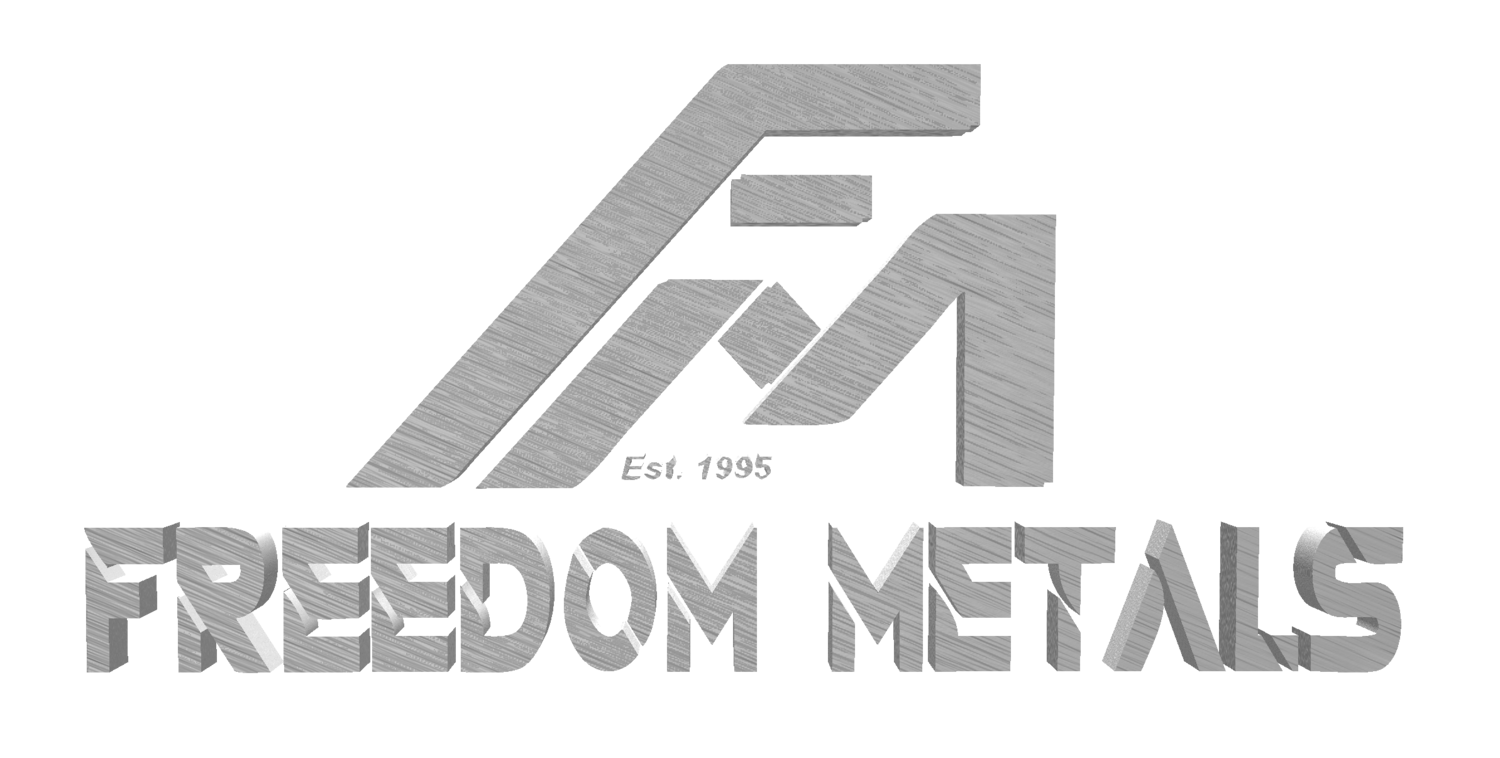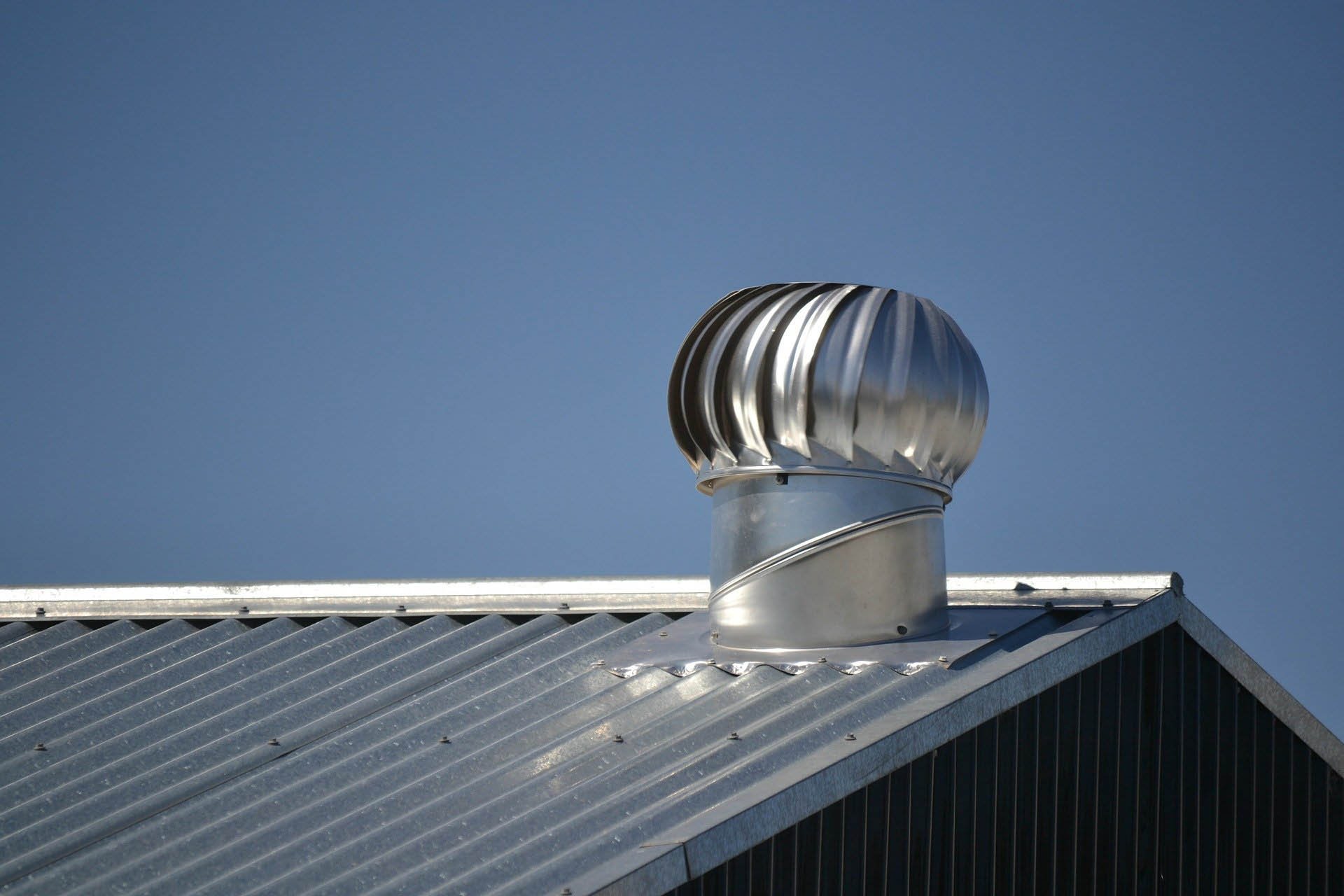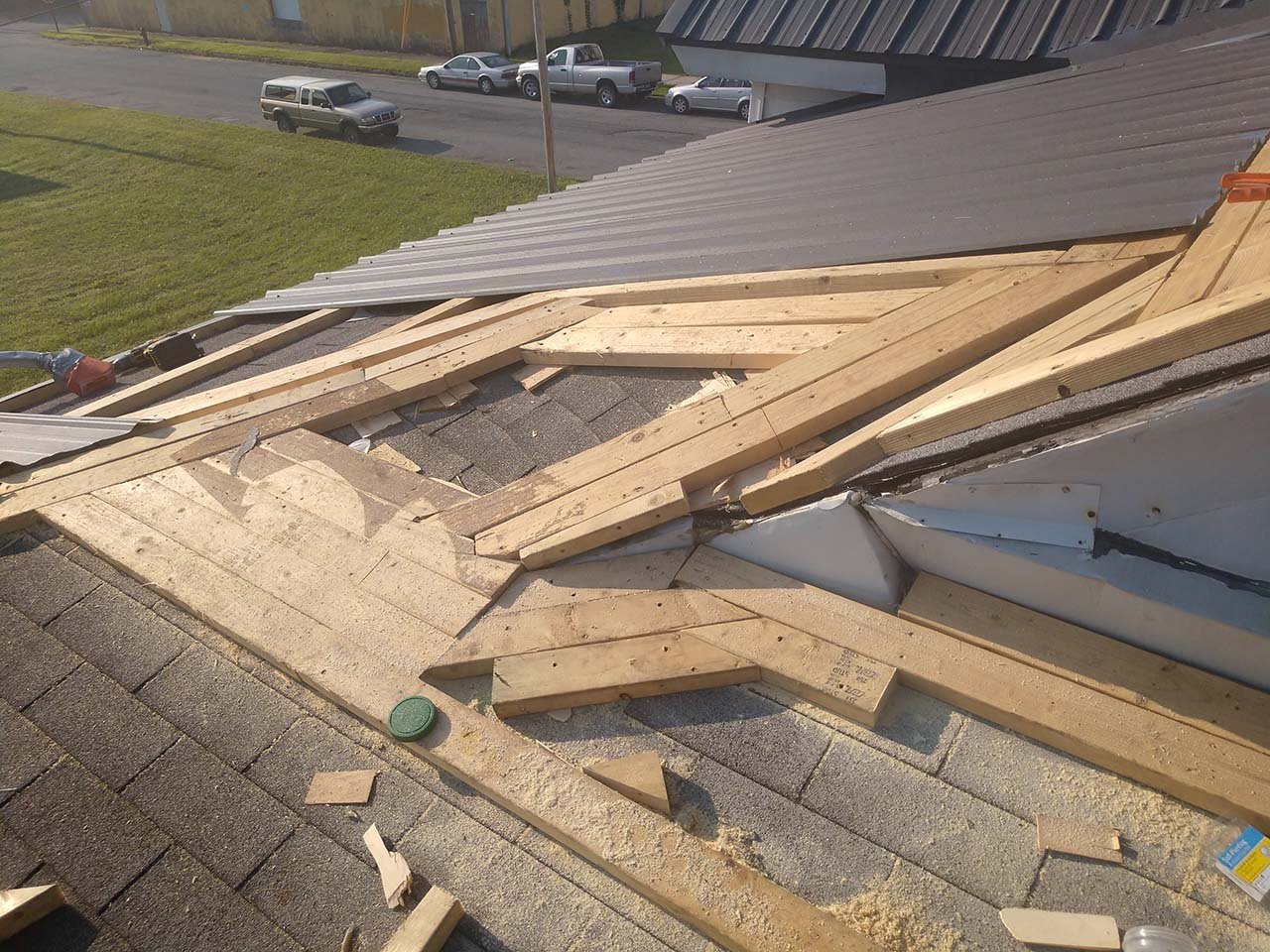Condensation under a metal roof: What is it, and why does it happen? Why you should care about it. And, how you can prevent it.
Can you do me a favor, please? I want you to envision something. I want you to imagine being at a party, or a picnic, or a gathering of any kind, on a hot summer day. You're dressed nice and having a great time, but you are hot as hell. You grab an ice cold drink from the bar and walk back outside. Immediately, your drink starts dripping all over the place. Now your hands are wet, your shoes are getting dripped on, and you have water marks on your shorts, making it look like you had an accident in the bathroom. It's annoying and frustrating, but preventable if you remembered to bring your Yeti.
The "dripping" effect I'm referring to is condensation. Condensation is water collecting on a cold surface after coming in contact with warmer, humid air. In the metal roofing industry we refer to this phenomenon as "sweating", and it's a real problem.
Installing a metal roof without proper insulation is the proverbial "forgot your yeti" moment.
Condensation & metal roofing: A quick backstory.
The belief among experts in the metal roofing industry has always been -- if the roof can breathe, then it won't sweat.
This is more than inaccurate, it's flat out wrong. There is only one way to prevent condensation from occurring. Stop the warm air in your house from touching the underside of your metal roof. Full stop.
You may be asking yourself, "If condensation is such a big deal, then why haven't I heard about it before?"
It's a good question and one that has a few logical answers.
1. Lack of knowledge.
Metal roofing has been around for decades, but is still in its infancy in terms of broad application. Also, installation is hard work and dangerous, creating high turnover. As a result, there is a knowledge gap between manufacturers and installers. Many installers are unaware condensation is even a problem. If they don't know the problem exists, they aren't going to talk about it, or prevent it from happening.
On the other hand, some installers are aware of condensation, but believe letting the roof breathe is the solution. They believe they are following proper installation procedures, so if the roof sweats, they usually attribute it to an exterior leak.
This brings me to point number two.
2. Condensation is usually mistaken for an exterior leak.
This is likely the main reason you haven't heard about it before. If your installer believes airflow prevents condensation, and has installed your roof with proper ventilation, they will likely blame interior water on a leak.
This sets off an investigation.
Usually the investigation begins on the roof close to where the water originated. Typically, water is sprayed on the roof with a hose, targeting suspicious areas, attempting to find the culprit. All the while, the culprit is coming from inside the structure. This is perplexing and frustrating to installers and customers alike. Interior water has presented itself, therefore it has to be coming from somewhere. But, when pressed to find the entry point, no water shows up. So what the heck is going on?
3. The cost of prevention.
This is far too often the reason. As time passes, and metal roofing becomes more common, competition gets tighter. As is usually the case, pricing is the most important factor to the majority of people. This leads to contractors searching for new ways to reduce prices, without lowering profits.
I want to segway for a moment and elaborate on a point from above. The existing knowledge and information gap is the root cause of major price discrepancies.
What do I mean?
When various persons market the same product, but do it in different ways, it leads to consumer confusion.
Here's an example:
Let's say you have two different metal roofing contractors.
Contractor 1 has been doing this a long time. They have made plenty of mistakes, and became an expert from doing. They understand the pitfalls and issues common with metal roofing. Over the years, they've decided to sell all their roofs as a premium product. They only offer their customers the best, and don't cut corners. They charge a premium price, but have an excellent reputation, and never get any callbacks. They are upfront and informative with every client.
Clients feel informed and confident in their ability.
Contractor 2 is a good contractor, but is a little bit of a "corner cutter." Whether it's due to a lack of knowledge, or the desire to cut costs without reducing profits, it happens. They eliminate "unnecessary" accessories from their bids to save money, and undercut their competition.
Here's the kicker...
When "pitching" to a potential client, they imply, whether intentional or not, their roof is identical to Contractor 1's.
Thinking the two roofs are equal, an uninformed customer will undoubtedly opt for the lower price.
So, if these two contractors gave a bid for the same project, their prices would be vastly different. Without proper explanation and transparency, the customer may think Contractor 1 is overpriced. When in reality, they are offering a far superior product than Contractor 2, justifying the price difference.
This situation occurs often, and is cause for confusion in the marketplace. Clarity is the most important thing. So we, as the manufacturer, feel a responsibility to provide as much information as we can.
The goal is to educate everyone to create an equal plane of information. The positive ripple effect from this cannot be overstated. Contractors can stop worrying about cutting corners, and focus on the customer. Homeowners will end up with better finished products, and be happier. The perception of metal roofing will be better as a whole due to less botched roofs, and the industry will grow.
4. Finally, it only occurs in structures that are heated.
If your only experience with metal roofing is with non-heated structures only, then you have never experienced condensation. Simple, but maybe something you never thought about.
Why you should care about condensation under metal roofing.
Why should you care?
Because it's destructive and hard to fix once it happens. And whether you're a homeowner or an installer, that matters.
Regardless of the type of roof you choose, the most important component is to keep water outside. Whether it's condensation or a leak, water damage is a nightmare to deal with. One of those reasons is 100% preventable, the other can be circumstantial. If the installed roof has all the necessary components, the risk of condensation is next to zero. Those components will also act as a failsafe if water ever does enter from the outside. Taking precautions against condensation adds multilayered protection for both the homeowner and installer. It's a win-win.
How to prevent condensation under a metal roof. (And protect against leaks at the same time.)
As previously discussed -- condensation forms when warm air rises, and touches the colder metal panels. The only way to prevent this from happening, is to ensure proper insulation under the metal roof. Most older homes and buildings lack proper insulation. It's unfortunate, but it's true. Fortunately, there is an easy way to combat this.
Here are our four tips for preventing condensation under metal roofing.
Tip #1: Do not remove the existing shingle roof.
*This assumes the structural integrity is intact, and there are no regulations against this in your area.The existing shingle roof will act as a vapor barrier between the house and the new metal roof. It will also provide a solid foundation to install the new metal roofing panels. Finally, the existing roof will act as an extra layer of protection if exterior water happens to make its way in. (No demo and clean up is nice as well!)
Tip #2: Start with a quality ice and water shield.
*This is more for protecting against exterior leaks from rain or ice buildup, but cannot be added later without removing the roof.Staple your felt paper to the existing shingle roof. Then lay your furring strips and insulated underlayment.
We recommend using a product like Silver FT Synthetics or Roloshield.
*You can expect to add approx. $.10/sqft to the cost of the roof.
Tip #3: Use an insulated underlayment.
This is the most important tip we can offer.
After stapling your felt paper, fasten your insulated underlayment to the existing roof deck using button cap nails. (Some installers prefer to lay their furring strips under the insulation, but it's more preference than anything.)
Freedom Metals recommends using either Poly Shield Fan-Fold - Reflective, or Low-E Insulation.
Fan-Fold is cheaper than Low-E, but is a fantastic product. It has an average R-value of 4, is moisture resistant, and environmentally friendly. The core is made from expanded polystyrene(EPS), and filled only with air. This prevents any long-term deterioration of the product's R-value. In field tests, we have seen over 100° difference between panel temperatures and the roof deck. This translated to a 20° - 30° difference in the attic space.
Fan-Fold will significantly reduce your heating and cooling costs by keeping your house warmer in the winter, and cooler in the summer.
*Fan-Fold will add approx. $.25/sqft to the material cost of your roof.
Low-E Insulation is more expensive than Fan-Fold, but is also a more robust product. It has an R-value of 11, is moisture resistant, and reflects up to 97% of radiant heat. It's perfect for residential and commercial projects alike. It acts as a sound deadener, and improves the current insulation system of the structure. Low-E, like Fan-Fold, will drastically cut your heating and cooling bills.
*Low-E will add approx. $.50/sqft to the material cost of your roof.
Tip #4: Use Pro-Z screws.
This one is a bonus tip and more relevant to preventing exterior leaks. However, I felt it was important to point out how good these screws are.
If exposed fastener metal roofing had one flaw, it was always the screws with the rubber washer. The rubber washer may deteriorate over time, enabling water to permeate the holes and leak. With the invention of the Pro-Z screw, that risk is gone. They have a thicker washer, and a cap that seals to the panel, protecting the washer from the elements. They are more expensive than regular screws, but the added protection makes them a "no brainer".
If you apply these four tips when installing a metal roof, the roof should never sweat or leak, and will last a lifetime.
Can condensation issues be fixed after the roof is installed?
The short answer is, technically yes, but it's complicated, expensive, and a giant pain in the ass.
You only have two viable options for fixing condensation after the fact.
Option 1: Remove the roof, apply the insulated underlayment, and reinstall the panels.
This is a nightmare for several reasons. It's very labor intensive, the panels can get damaged, and the screw holes are prone to leaking. If everything isn't done perfectly, you could be in worse shape than before.
Option 2: Insulate the attic space with spray foam or fiberglass.
Of the two, spray foam will perform better, but it comes with a cost. Most attic spaces will cost several thousand dollars or more to insulate. This is substantially higher than applying an insulated underlayment at the time the roof is installed.
Fiberglass is cheaper, but a nightmare to use. You have to lug the insulation up to the attic, apply it by hand, and breathe in fiberglass particles for hours. And, there is no guarantee this solves the problem, because it's hard to get it air tight.
So, can it be done? Yes, but neither choice is great.
One final thought.
There are products on the market that are applied to the back of the metal panels when they are roll-formed. These products are fleece-like materials, made not to prevent condensation, but rather to absorb moisture. In theory they are supposed to absorb moisture caused by condensation, and then allow the moisture to evaporate once an appropriate temperature is reached. However, in practice I can't see how this would be better than eliminating condensation altogether. A fleece material consistently getting wet and drying out over and over, or stopping the moisture dead in its tracks. Which one seems better to you?
Conclusion
Metal roofing is a fantastic product, and an excellent choice for a roof replacement. However, to avoid certain problems, maximize the lifespan, and enjoy the benefits of a metal roof, it needs to be installed correctly. As discussed thoroughly in this article, condensation is one of those problems.
From a manufacturer’s perspective, the best way to deal with condensation is to stop it before it starts. And, the best way to do that – use an insulated underlayment such as Fan-Fold or Low-E. Sure, the initial cost of the roof will be higher, but the benefits far outweigh the cost.
Insulated underlayment prevents condensation, reduces heating and cooling bills, and reduces the chance of “oil-canning”.
Whether you’re a homeowner purchasing a metal roof, or a contractor doing the installation, we highly recommend following the advice in this article. Customers will be happier, contractors will have less headaches, and the metal roofing industry will flourish.











